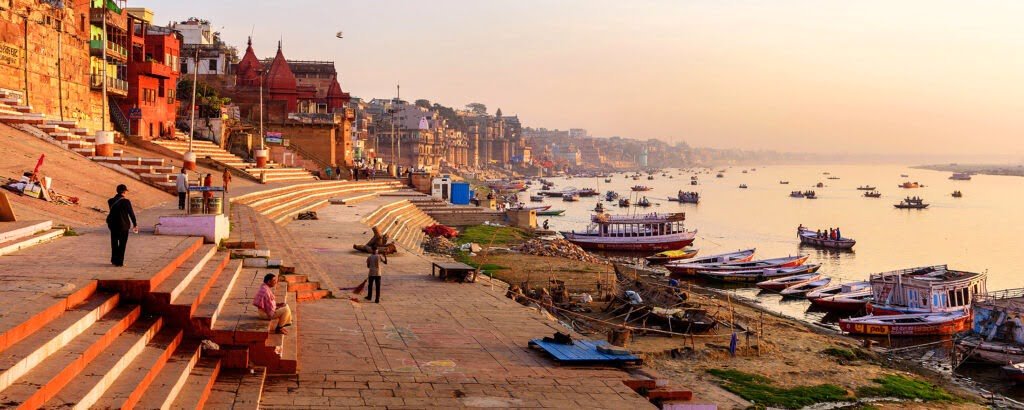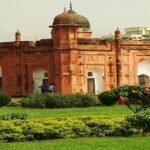

Travel to India : Ultimate guide
Travel to India : Ultimate guide
Travel to India : Ultimate guide, a land of astounding diversity, beckons travelers with its rich tapestry of sights, sounds, and colors. Known for its vast cultural heritage, India is a country where ancient traditions blend seamlessly with modernity. From the snow-capped peaks of the Himalayas to the sun-soaked beaches of Goa, each region boasts its own unique identity. The allure of India lies not just in its scenic landscapes but also in its bustling bazaars, opulent palaces, and spiritual ethos. As you embark on your travel to India, prepare for an experience that is as enriching as it is exhilarating, offering a journey through a land of boundless wonders.
exploring india’s historical landmarks
Travel to India : landscape is dotted with historical landmarks that tell the story of a rich and complex past. The Taj Mahal in Agra, a symbol of love and one of the world’s wonders, epitomizes the architectural brilliance of the Mughal era. The Red Fort in Delhi, with its grandeur and historical significance, offers a glimpse into India’s struggle for independence.
Cities like Jaipur, with its Hawa Mahal and Amber Fort, and Varanasi, one of the world’s oldest inhabited cities, are steeped in history and culture. These landmarks, each with their unique story and architectural marvel, are not just tourist attractions but embodiments of India’s rich heritage and diverse historical narratives.
the diverse landscapesof india
India’s geographical diversity is as vast as its cultural tapestry. The northern region is dominated by the majestic Himalayas, offering breathtaking vistas and a haven for trekkers and nature enthusiasts. The scenic hill stations like Shimla and Darjeeling are popular retreats from the summer heat.
Contrasting the northern highlands, the southern part of India is adorned with lush backwaters of Kerala, serene beaches of Goa, and the architectural grandeur of Tamil Nadu’s temples. The Thar Desert in Rajasthan presents a starkly beautiful landscape, while the east, with its dense forests and cultural richness, offers a different facet of India’s natural beauty. This varied geography not only enhances India’s scenic beauty but also contributes to its ecological and cultural diversity.
india’s rich cultural tapestry
India’s cultural heritage is a kaleidoscope of traditions, arts, and practices that reflect its long and diverse history. The country’s multitude of festivals, like Diwali, Holi, and Eid, are celebrated with fervor and offer a window into India’s communal spirit. Traditional Indian arts, including classical dance forms like Bharatanatyam and Kathak, and music genres such as Hindustani and Carnatic, are integral to India’s cultural identity.
Each region in India contributes its unique customs and traditions, enriching the nation’s cultural fabric. The vibrant handicrafts, diverse languages, and rich folklore of India’s states showcase the country’s pluralism and artistic heritage. This rich cultural tapestry not only attracts travelers from around the world but also fosters a deep sense of pride and unity among Indians.
5 must to do in New Delhi :
New Delhi, India’s vibrant capital, offers a rich blend of historical landmarks, cultural experiences, and modern attractions. Here are five must-do activities when visiting New Delhi:
- Visit the Red Fort (Lal Qila):
- The Red Fort is a UNESCO World Heritage site and a symbol of India’s rich history. Explore its impressive Mughal architecture, including the Diwan-i-Aam (Hall of Public Audience) and the Diwan-i-Khas (Hall of Private Audience). Don’t miss the evening light and sound show that brings the fort’s history to life.
- Explore India Gate and Rajpath:
- India Gate is a prominent war memorial dedicated to Indian soldiers who died in World War I. The surrounding area, Rajpath, is a broad boulevard with impressive colonial-era buildings. It’s a popular spot for leisurely walks and picnics, especially in the evening.
- Tour Humayun’s Tomb:
- Humayun’s Tomb is another UNESCO World Heritage site and an excellent example of Mughal architecture that inspired the Taj Mahal. The tomb is set within a beautiful garden complex and offers a serene atmosphere for visitors.
- Discover Qutub Minar:
- The Qutub Minar is the tallest brick minaret in the world and a UNESCO World Heritage site. It stands at 73 meters high and is part of the Qutub Complex, which includes ancient ruins, mosques, and the Iron Pillar of Delhi, known for its rust-resistant properties.
- Shop and Dine at Connaught Place:
- Connaught Place is one of Delhi’s most popular commercial and cultural hubs. Explore its colonial architecture, enjoy shopping at various boutiques and stores, and savor diverse culinary options at the numerous cafes and restaurants. The area is also known for its vibrant nightlife.
These activities offer a comprehensive experience of New Delhi’s rich heritage, architectural marvels, and modern urban life.
culinary journeys in india
India’s culinary landscape is as diverse as its culture, offering an array of flavors and dishes unique to each region. Northern Indian cuisine, known for its rich gravies and tandoori cooking, includes popular dishes like butter chicken and naan. In contrast, Southern India offers a variety of rice-based dishes, such as dosas and idlis, often accompanied by flavorful chutneys and sambar.
Street food plays a significant role in Indian cuisine, with local specialties varying from city to city. Mumbai’s vada pav, Kolkata’s puchkas, and Delhi’s chaats are just a few examples. Additionally, India’s coastal regions offer an abundance of seafood dishes, each with a distinct preparation style.
This culinary diversity makes India a paradise for food enthusiasts, offering a taste of the country’s rich cultural and geographical variety.
A signature dish from New Delhi is Butter Chicken (known locally as « Murgh Makhani »). This iconic North Indian dish is celebrated for its rich, creamy, and mildly spiced tomato-based sauce.
practical travel tips for india
When traveling to India, it’s essential to consider some practical tips for a smooth experience. First, familiarize yourself with local customs and etiquette, as cultural respect is highly valued. It’s advisable to dress modestly, especially when visiting religious sites. English is widely spoken, especially in urban areas, making communication easier for most travelers. For transportation, India’s extensive railway network is an experience in itself, while local taxis and auto-rickshaws are convenient for shorter distances. Be cautious with food and water to avoid illness; opting for bottled water is a good practice. Lastly, India’s diverse climate varies significantly from region to region, so pack accordingly.
Travel to India : Ultimate guide summary
Travel to India : Ultimate guide, offers a mesmerizing blend of ancient traditions, modern technology, and natural beauty. From the historic palaces of Seoul to the tranquil mountains and vibrant culinary scene, this journey through South Korea provides a unique window into both the past and future of this dynamic country. Whether seeking cultural enrichment, culinary adventures, or natural escapades, South Korea offers a diverse range of experiences that cater to all kinds of travelers, leaving them with lasting memories and a deeper understanding of this richly layered nation.



Find your hotel below
Popular
- Thailand
- Vietnam
- Dubai
- Bali
- Autour du globe
- Terms-conditions
- Contacts
- Privacy-policy
- About US
About us
Are you ready to trade the everyday for extraordinary experiences? This travel blog is your one-stop shop for crafting the perfect summer escape.
Contact us : info@coyotrip.com













